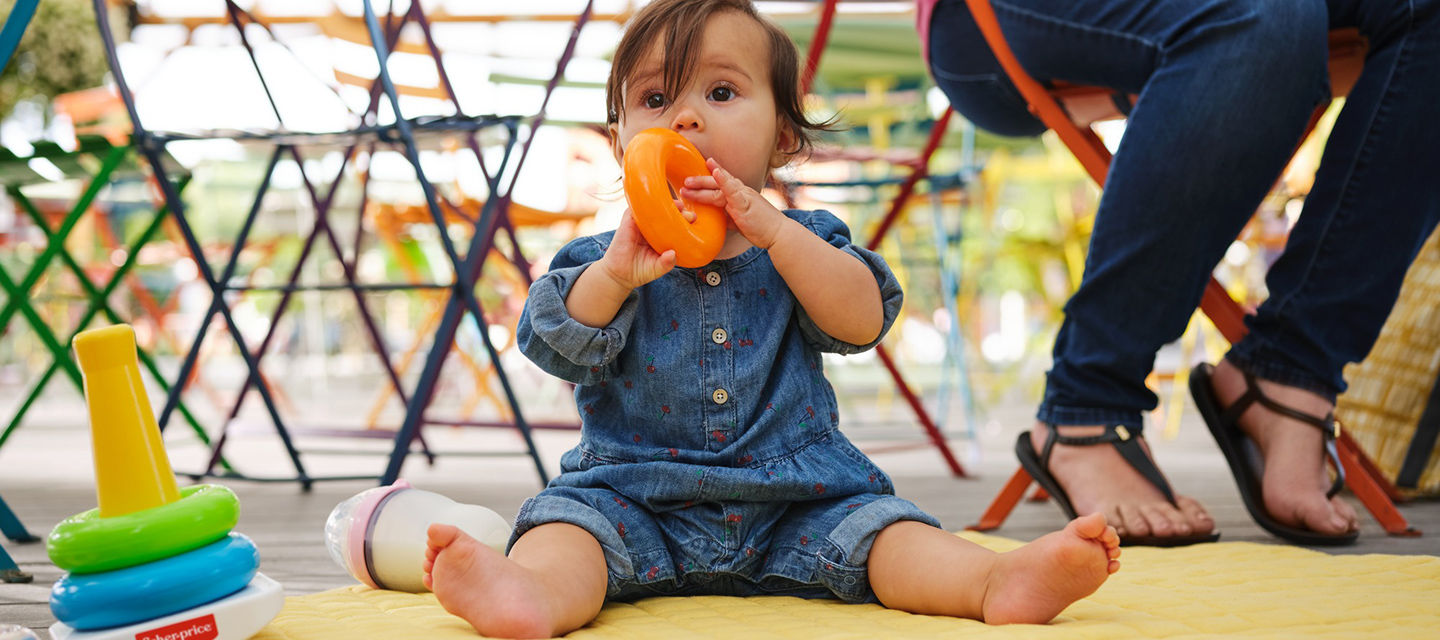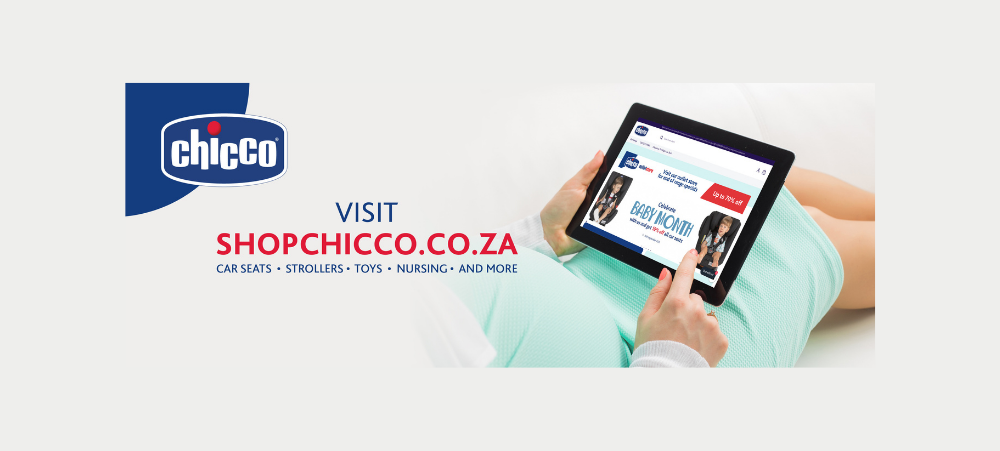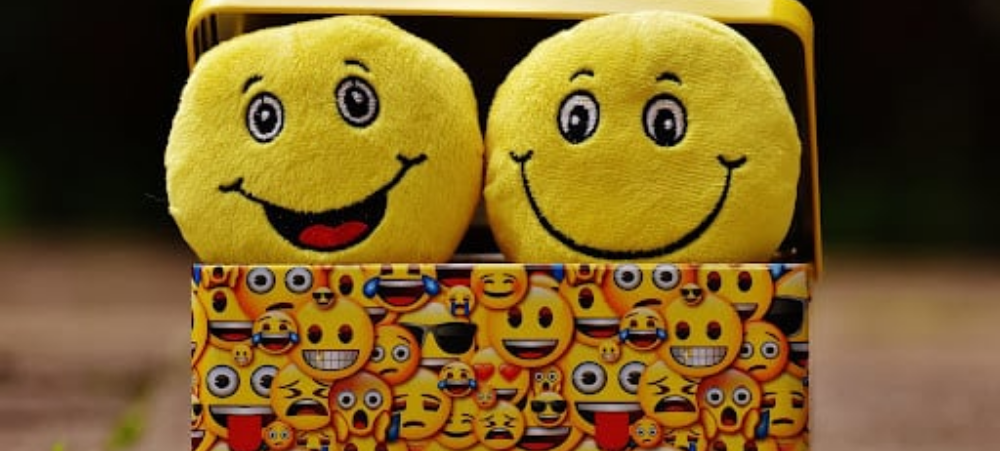
Rejuvenate your home this spring and improve its value
Spring is the season of renewal and rejuvenation and an ideal time to set up your home for summer. An added benefit is some simple upgrades could improve the value of your property. “Estate agents generally agree that there’s a ceiling on prices in most neighbourhoods, so massive renovations don’t always deliver a good return on investment. If you’re borrowing money to make some improvements, consider the smaller, cosmetic changes that will make your home more appealing,” says Shafeeqah Isaacs, head of financial education at personal loan specialists, DirectAxis. Glam up your exterior You’re going to spend more time outdoors in summer, so the garden is a good place to start. In most cases this requires an investment in elbow grease rather than cash. Rob Knowles, owner of Q-Gardens, says nothing detracts from an otherwise lovely garden than a tatty lawn. A beautiful lawn needs care throughout the year, but especially in spring and summer. In winter rainfall regions, spring is a good time to sow lawn seeds, top dress lightly and fertilise with a good organic fertilizer. Remove sticks, piles of leaves or other debris that may have accumulated during winter. Piles of garden refuse look untidy and can also become home to rodents or worse, snakes. Trim any trees or bushes that are looking scruffy, or which have grown too close to the house. Branches waving in strong winds can break windows and damage tiles and gutters. If it’s a big tree or large branch that’s causing the problem, it’s probably best to call a professional. Clear walkways and remove any weeds that may be growing between tiles. Fix any uneven tiles, not only are they unsightly but could cause someone to trip. Avoid major earthworks. If you have any unsightly or barren areas, a few strategically placed plants can hide a multitude of sins. Use woodchips to cover sparse borders and position shrubs and flowers to enliven views from the windows. Freshen up your stoep furniture by re-painting it, or if it’s wood, sanding and re-sealing. If the cushions are looking tired, consider reupholstering them or buying new ones. Consider whether your house needs a new coat of paint. Not only is chipped or peeling paintwork unsightly, but paint provides a protective coating that prevents wood from rotting, metal from rusting and keeps out damp. A freshly painted exterior, neat garden and clean windows all point to a house that is cared for. Estate agents call it ‘curb appeal’ and doing the research is easy. Take a tour around the neighbourhood and consider which houses you’d visit on a show day and what makes them appealing. Show the heart of the home some love Most people consider the kitchen the heart of the home. It’s often where families spend most of their time and the first place potential buyers look. Simple upgrades such as replacing old door handles, installing modern light fittings, refacing or fitting new cupboard doors, installing new taps or adding a Perspex or stainless-steel splashback can transform a kitchen. Beautify your bathrooms Bathrooms, like kitchens, get a lot of wear and tear which can result in them looking tatty and unhygienic. To keep costs down avoid changes that involve reconfiguring the plumbing. Again, replacing taps and upgrading the lighting can make a difference. You may consider upgrading old, chipped or damaged baths and sinks, re-grouting tiles and replacing old-fashioned built-in cupboards and other fixtures, with modern free-standing units. Keep it simple A fresh coat of paint can go a long way towards improving a room and is a lot cheaper than remodelling or breaking down walls. The same ‘keep-it-simple’ philosophy applies to colour and design choices. Most surfaces look better after a coat of white paint. Neutral colours and a simple elegant style appeal to most people. The same applies to floors and other surfaces. Repaint or refresh rather than replace. Ripping up old floors or re-carpeting is expensive. Sanding and resealing or polishing wooden floors and getting carpets professionally cleaned can all make a difference at a fraction of the cost. “When it comes to making your house more liveable and adding to its potential value, more often than not, less is more. Have a plan, do a bit at a time and think about the things which will add the most appeal at the least cost. Remember that upgrading is better than overhauling,” says Shafeeqah. For more information about home improvements visit: https://www.directaxis.co.za/make-a-plan/best-home-improvements-for-resale


































